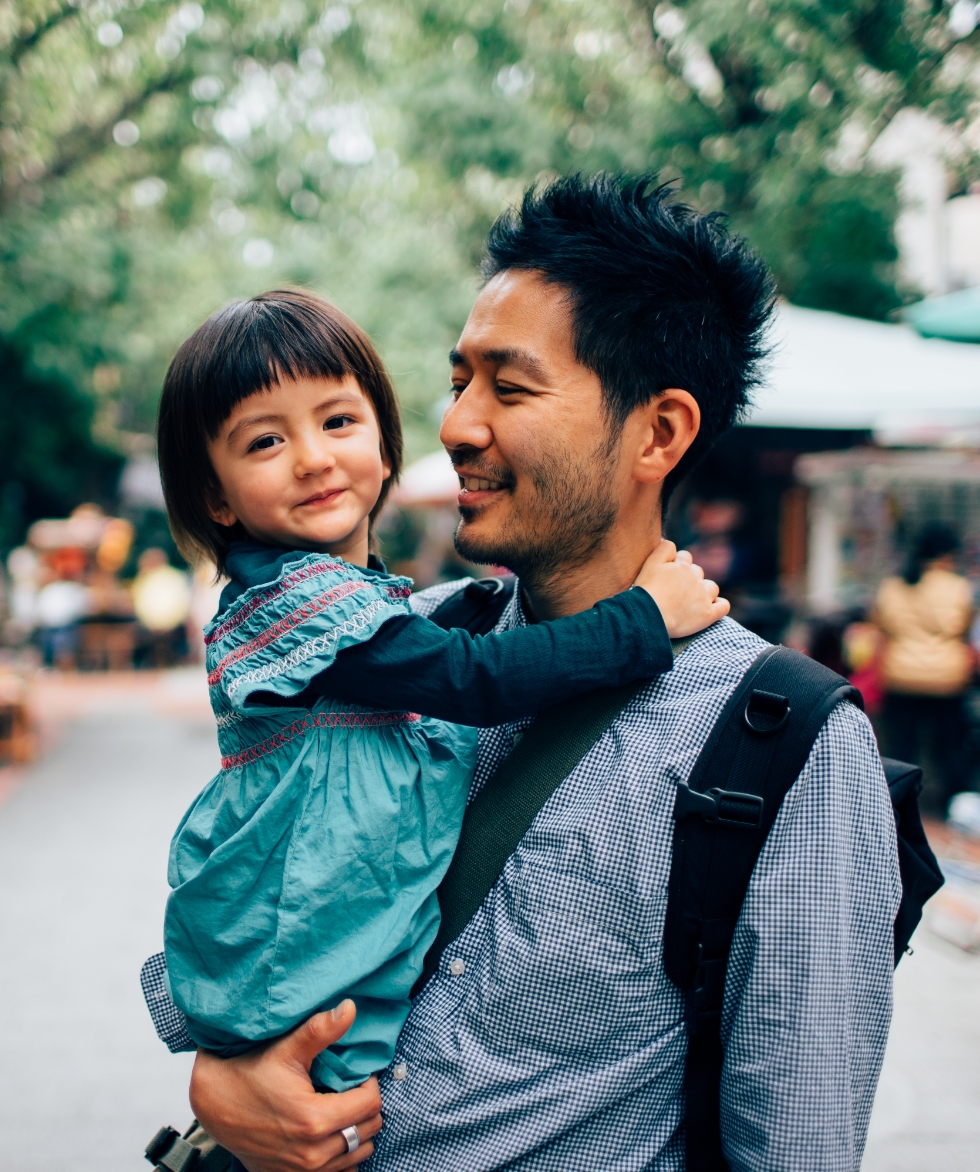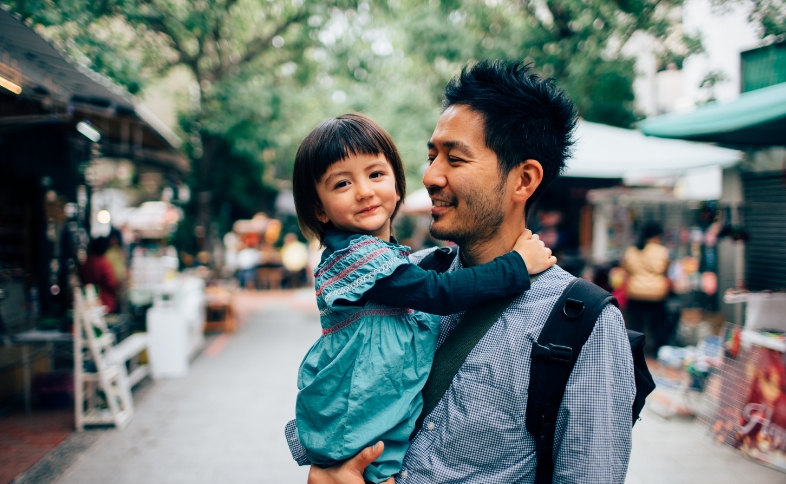Working Together to Make HIV History
I am a strong believer in the power of human ingenuity and compassion.
I am privileged to see them come together every day through the work of our teams at Janssen India – and across Johnson and Johnson – who have dedicated their careers to serving patients.
There are few places where this blend of heart and science has a larger impact than in our efforts to tackle HIV, an epidemic that has devastated communities for almost 40 years.
Advances in HIV treatment, especially over the past 20 years, have been remarkable.
A virus that was once considered a death sentence can now be managed as a chronic illness, with patients living for decades longer than would previously have been expected.
Today, as we mark World AIDS Day, our commitment to making breakthrough discoveries in HIV remains as strong as ever.
Janssen scientists are working tirelessly on new treatment options to treat HIV, but also prevent it. We will not rest until we have the tools to make HIV history.
Our commitment to the almost 37 million people living with HIV around the world, including the 2.1 million people living with the virus in India, also stretches to community-based programs. Many of these programs are aimed at reaching vulnerable populations, particularly women and children in resource-limited settings, whose access to adequate healthcare is often scarce and whose social environment can play a pivotal role in their risk of infection and its spread.
Sex workers, for example, face a heightened risk of being infected with HIV and they are recognized by the World Health Organization as a vulnerable group requiring specific support. Their children can also be at risk due to their increased exposure to the vicious cycle of sex work.
To help address this need, the Johnson & Johnson Asia Pacific Contributions Committee (APCC) proudly supports the pioneering Prerana Program, which tackles human trafficking and its effects.
Since 2006 the APCC has worked with this non-profit organization on a project in Mumbai’s red-light districts, which is dedicated to ending intergenerational prostitution, and bringing much-needed support to a group at significant risk of contracting and passing on HIV.
With 2.3 million young women and girls aged 15-24 living with HIV around the world, the Prerana Program is an example of the kind of community-based activity that is critical to driving down HIV infections.
The selfless endeavour was the brainchild of an inspiring female leader, Priti Patkar, who was determined to break the cycle of exploitation in Mumbai’s red-light district and protect the women and their children within it.
Prerana’s purpose is to protect the children of local sex workers, providing safe night time shelter in their Night Care Centres for children who have no one and nowhere else to protect them and, where necessary, move them to other safe places for long term residential care, protection, and development.
The program is also dedicated to combatting the commercial sexual exploitation and trafficking of children whose mothers have lived in brothels, and been exploited, abused and in many cases died because of HIV-related infections. In addition, it works to prevent and reduce the high vulnerability to HIV among adolescents, and to fight against discrimination.
Nearly 14,000 children have benefited from Prerana’s interventions in red-light districts to date, including over 4,000 children who have been cared for in night shelters. One, Renuka, lived in Prerana Night Centre care from the age of three. Renuka’s mother was a sex worker who contracted HIV and died while Renuka was still at school. Following her mother’s death, Renuka moved to a full-time care shelter. Fortunately, Renuka was protected by Prerana from further exploitation and has gone on to lead a fulfilling and inspiring life.
Stories such as Renuka’s should inspire us all in our work to defeat HIV. While significant progress has been made on prevention and treatment over the past three decades, there is still a great deal to be done in laboratories and in communities.
A holistic, collaborative approach is the only way.
By combining our ingenuity and compassion we can collectively set the course for an HIV-free world.
My hope is that future generations will think of HIV as a disease of the past. I know so many of my colleagues share that vision too. I’m so proud of their achievements to date and honoured to work alongside them.
Together I know our shared vision will become a reality. Let’s make HIV history.
#MakeHIVhistory



